 Discover the classic dishes and delectable delights of Israel and the Palestinian Territories on this Real Food Adventure. Savour shakshuka in Tel Aviv, learn the tricks of tahini from the Samaritans of Nablus, break bread with Druze folk in Buq’ata and sample mouth-watering knafeh. In between these delicious diversions, float on the Dead Sea, drink wine in the Negev desert and see the holy sights of Jerusalem. Jordan has a way of hiding more than ancient tombs and forgotten landscapes. For centuries, this jewel of the Levant has been a magnet for swaying influences and cultures – granting new flavours as these outsiders come and go. Phenomenally, the land itself helps its inhabitants cook and prepare meals. The sweeping deserts of Wadi Rum offer themselves to roast Bedouin feasts underground, the Dead Sea grants its salt as a world-class garnish and the country’s climate has allowed olives to grow and thrive for over 6,000 years. Brimming with charismatic cuisine and rich history, this is an epicurean odyssey to remember.
Discover the classic dishes and delectable delights of Israel and the Palestinian Territories on this Real Food Adventure. Savour shakshuka in Tel Aviv, learn the tricks of tahini from the Samaritans of Nablus, break bread with Druze folk in Buq’ata and sample mouth-watering knafeh. In between these delicious diversions, float on the Dead Sea, drink wine in the Negev desert and see the holy sights of Jerusalem. Jordan has a way of hiding more than ancient tombs and forgotten landscapes. For centuries, this jewel of the Levant has been a magnet for swaying influences and cultures – granting new flavours as these outsiders come and go. Phenomenally, the land itself helps its inhabitants cook and prepare meals. The sweeping deserts of Wadi Rum offer themselves to roast Bedouin feasts underground, the Dead Sea grants its salt as a world-class garnish and the country’s climate has allowed olives to grow and thrive for over 6,000 years. Brimming with charismatic cuisine and rich history, this is an epicurean odyssey to remember.Highlights
Feast on classic dishes in Israel’s legendary local eateries, from shakshouka to a beloved hummus institution in the Old City of Jerusalem
In remarkable Petra, Jordan's 'Rose City', sit down with locals for a hearty serving of mansaf, delicious lamb with fermented, dried yoghurt sauce.
Take a dip in the famously salty Dead Sea
Trip through the legendary Zichron Yachov wine region and stop for a picnic in the vineyards
Learn some age-old kitchen secrets cooking up a storm with Druze villagers in Golan Heights and Palestinian slow-food experts in Nablus
Enjoy a full-day tour of Jerusalem, visiting the Church of the Holy Sepulchre and the excellent Mahaneh Yehuda food market
Uncover secret traditions and flavours with a Jordanian shepherd over breakfast. Drink fire-warmed sheep’s milk, then scoop bread into a pot of rich Galayah Bandoora.
Savour the smells and tastes of a freshly prepared Bedouin zarb – slow roasted vegetables and juicy spiced meats cooked to perfection in an underground barbecue.
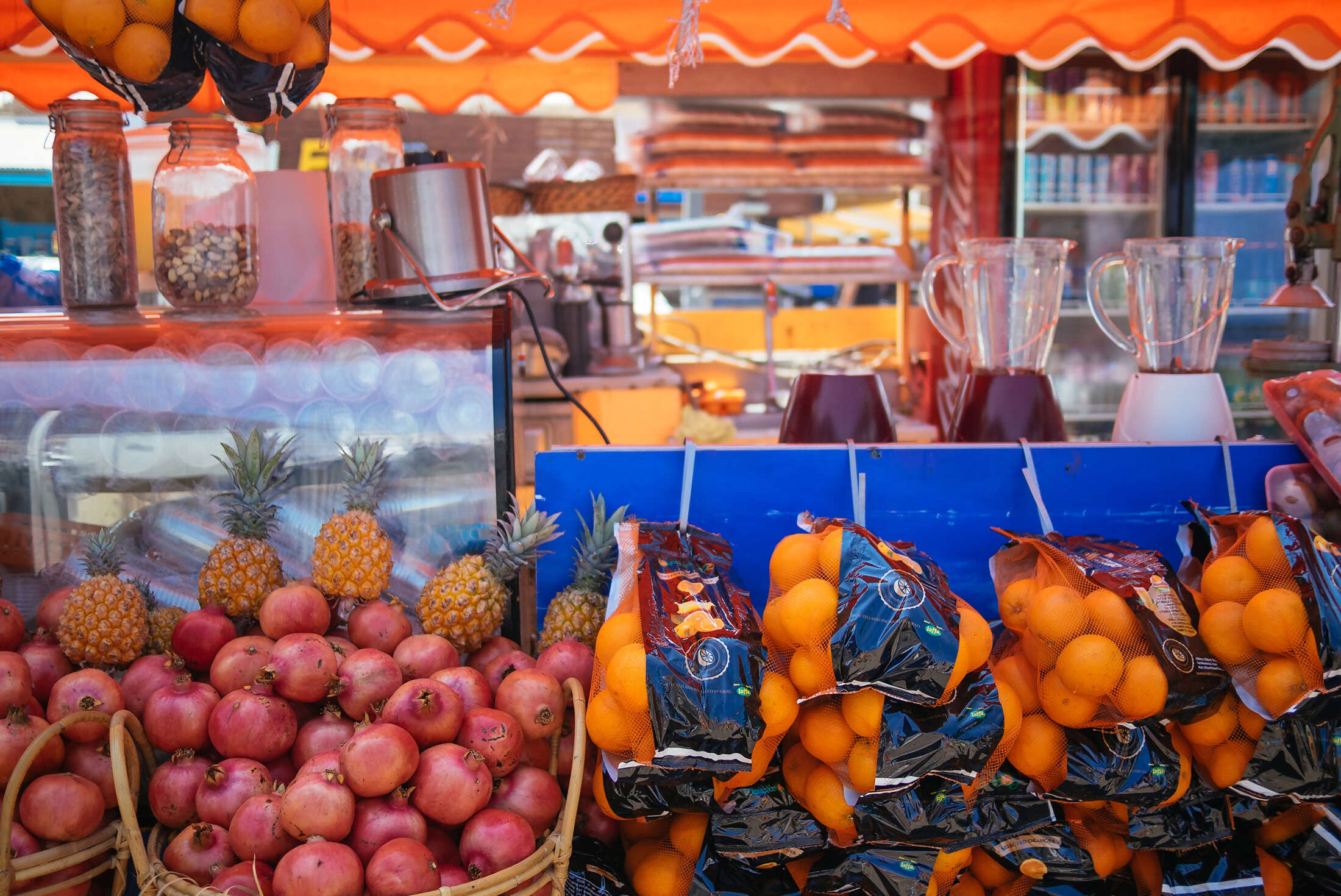
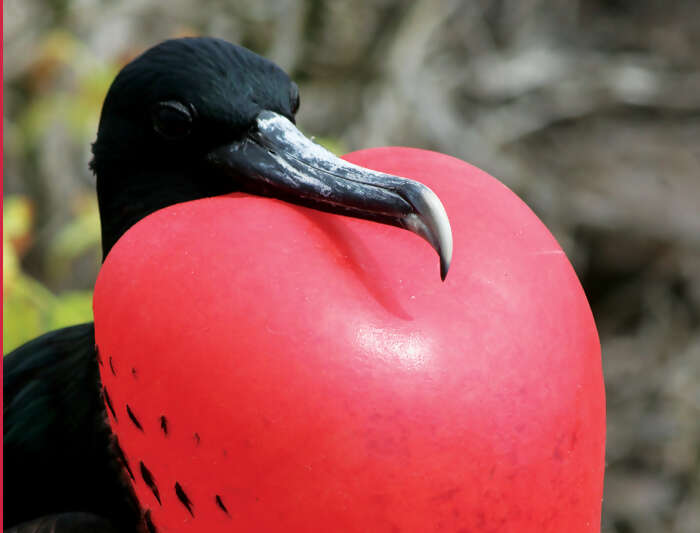

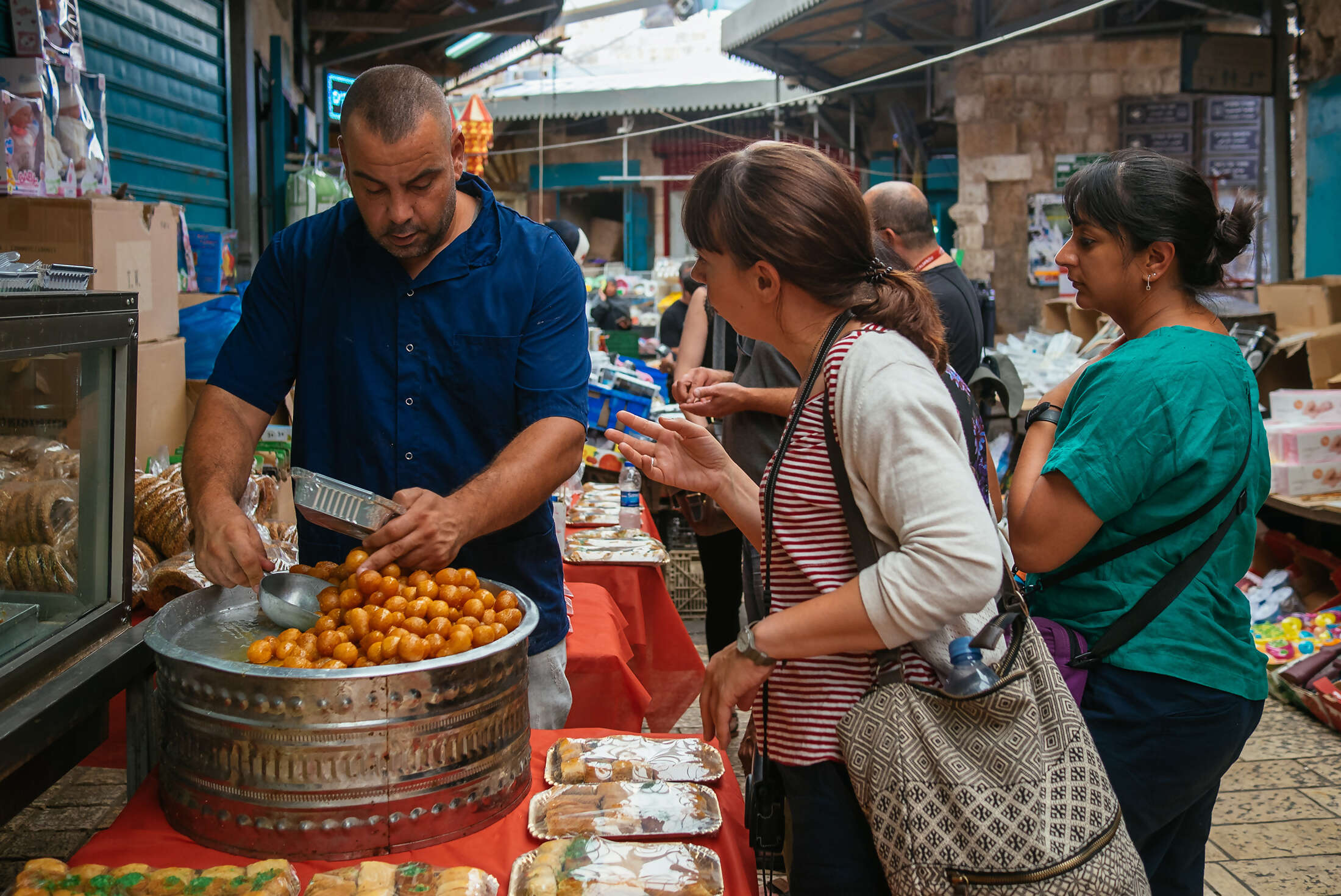
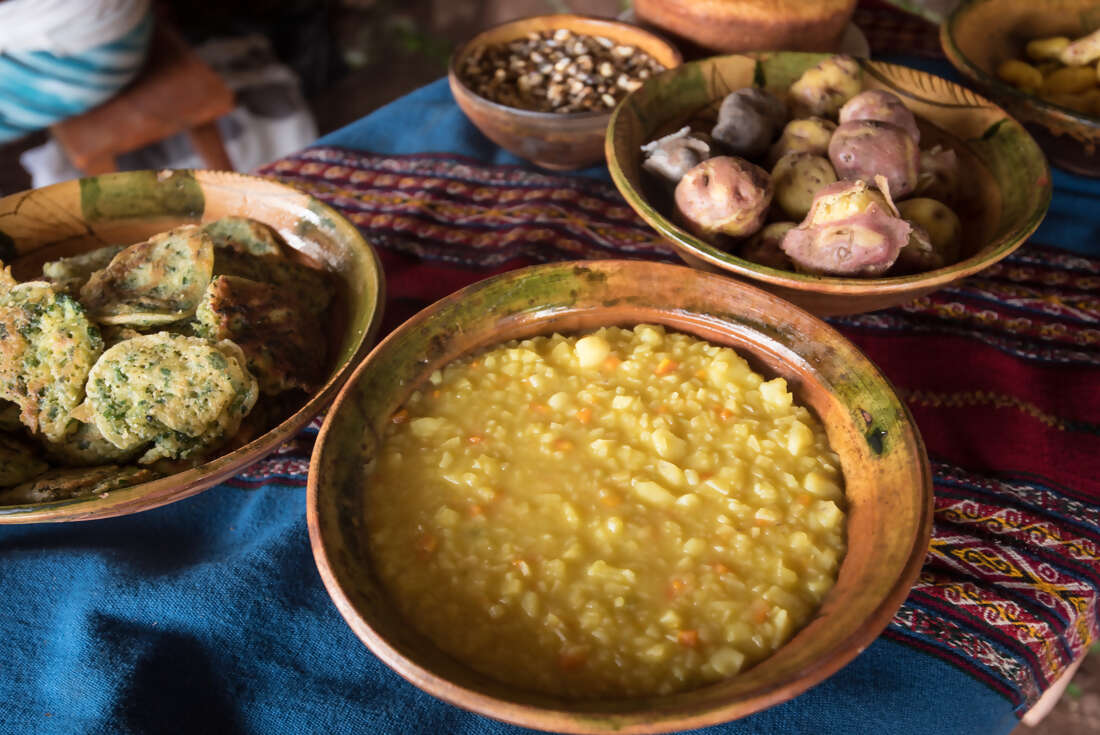
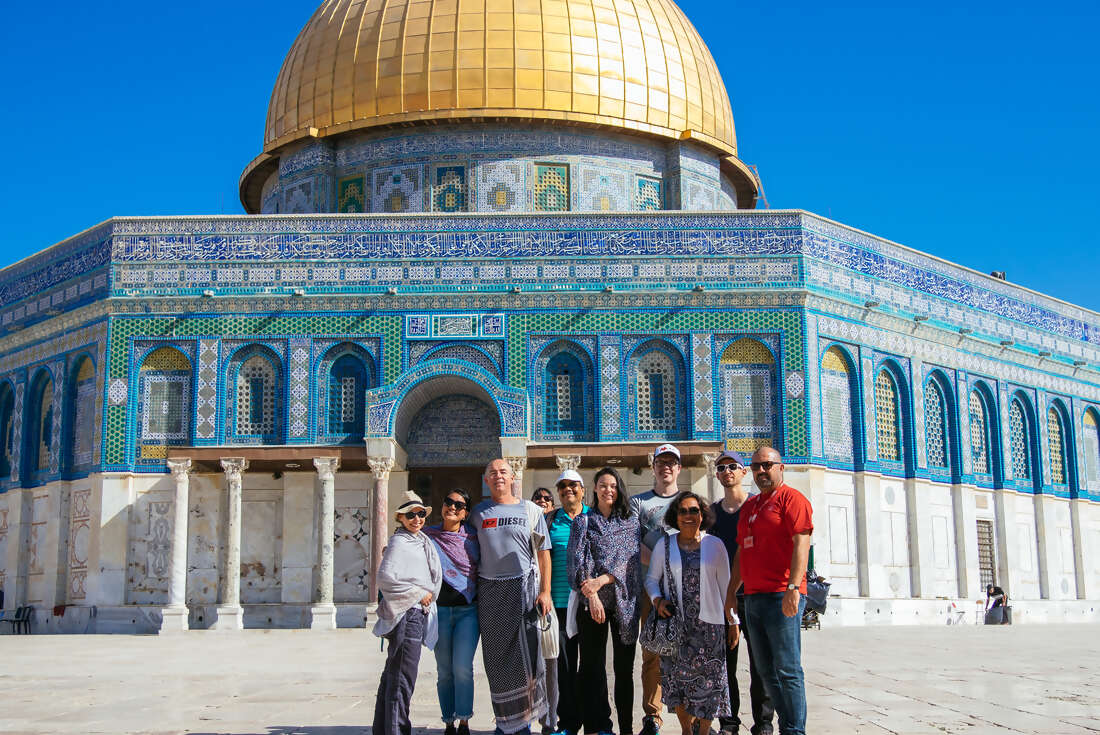



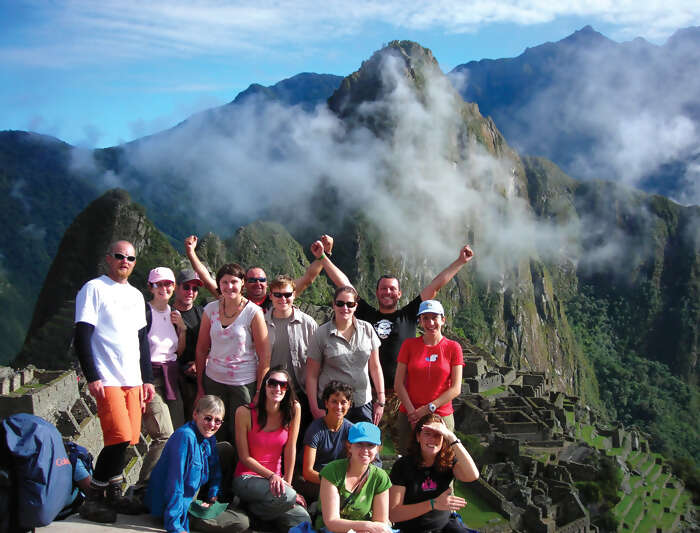






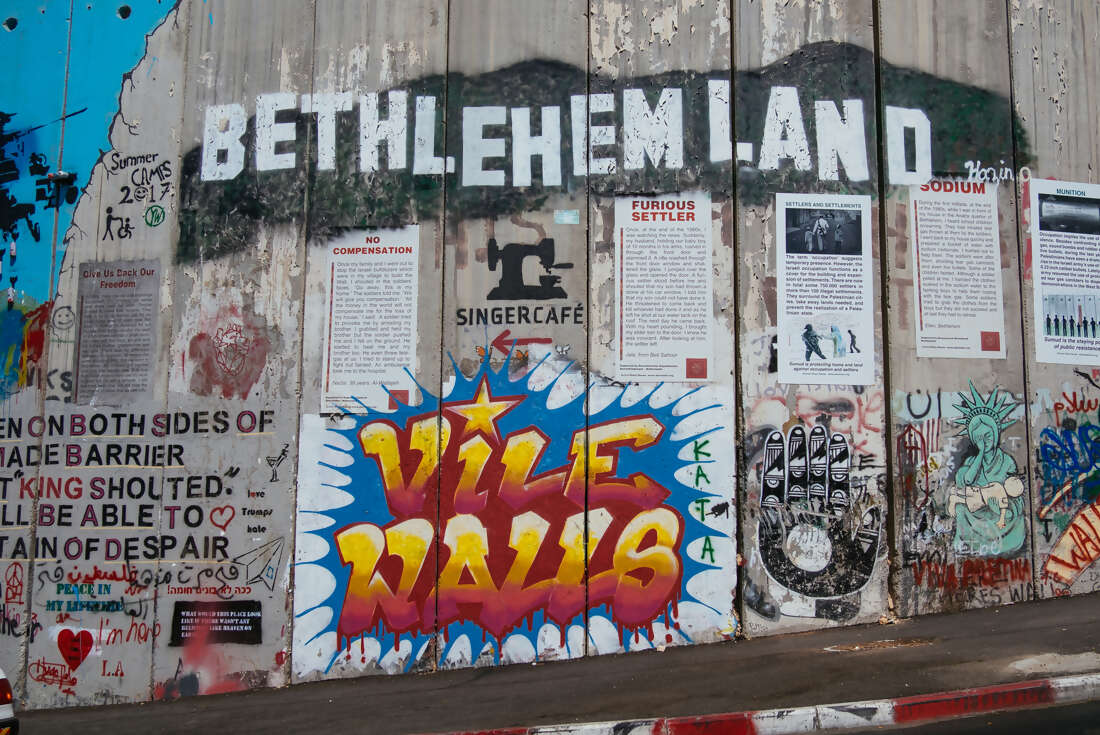
- You will visit the following places:
-

Tel Aviv
Tel Aviv or Tel Aviv-Yafo, is the second most populous city in Israel, with a population of 404,400. It is the largest and most populous city in the metropolitan area of Gush Dan, home to 3.3 million residents as of 2010. Tel Aviv's White City, designated a UNESCO World Heritage Site in 2003, comprises the world's largest concentration of Bauhaus buildings. Tel Aviv is also a beta+ world city, alongside cities such as Barcelona and San Francisco. Known as "The City That Never Sleeps", its beaches, parks, bars, cafés, restaurants, shopping, cosmopolitan lifestyle and 24-hour culture have made it a popular destination, visited by over 1.6 million foreign tourists annually. Tel Aviv is an economic hub, home to the Tel Aviv Stock Exchange, corporate offices and research and development centers. It is the country's financial capital and a major performing arts and business center.
-

Haifa International Airport
Haifa is the third-largest city in the State of Israel. It is home to the Bahá'í World Centre, a UNESCO World Heritage Site and a destination for Baha'i pilgrims. Built on the slopes of Mount Carmel, the settlement has a history spanning more than 3,000 years. The earliest known settlement in the vicinity was Tell Abu Hawam, a small port city established in the Late Bronze Age (14th century BCE). In the 3rd century CE, Haifa was known as a dye-making center. Today, the city is a major seaport located on Israel's Mediterranean coastline in the Bay of Haifa covering 63.7 square kilometres (24.6 sq mi). The city plays an important role in Israel's economy. It is also home to Matam, one of the oldest and largest high-tech parks in the country. Haifa Bay is a center of heavy industry, petroleum refining and chemical processing. Haifa formerly functioned as the western terminus of an oil pipeline from Iraq via Jordan.
-

Amman
Amman is the capital and largest city of Jordan. It is the country's political, cultural and commercial centre and one of the oldest continuously inhabited cities in the world. It was named one of the area's best cities according to economic, labour, environmental, and socio-cultural factors. Amman is one of the most liberal cities in the Middle East and Eurasia. It is also one of the most "westernised" cities in the region, ahead of places like Cairo or Damascus. The city is generally reasonably well-organized, enjoys great weather for much of the year and the people are very friendly.
-

Petra
Petra is a historical and archaeological city in the Jordanian governorate of Ma'an that is famous for its rock cut architecture and water conduits system. Established sometime around the 6th century BC as the capital city of the Nabataeans, it is a symbol of Jordan as well as its most visited tourist attraction. It lies on the slope of Mount Hor in a basin among the mountains which form the eastern flank of Arabah (Wadi Araba), the large valley running from the Dead Sea to the Gulf of Aqaba. Petra has been a UNESCO World Heritage Site since 1985. The site remained unknown to the Western world until 1812, when it was introduced by Swiss explorer Johann Ludwig Burckhardt. It was described as "a rose-red city half as old as time" in a Newdigate Prize-winning sonnet by John William Burgon. UNESCO has described it as "one of the most precious cultural properties of man's cultural heritage." Petra was chosen by the BBC as one of "the 40 places you have to see before you die".
-

Wadi Rum